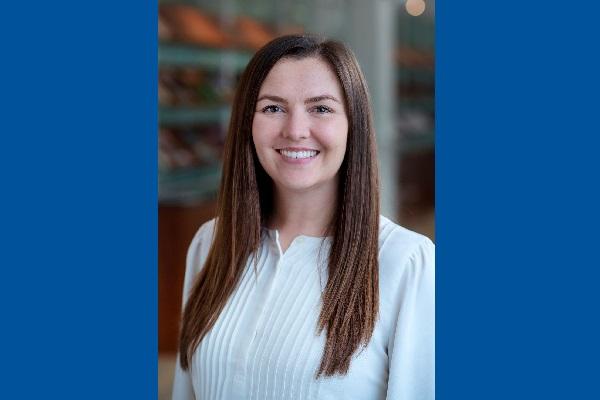
Adrianna San Roman, PhD, joined MGM at the beginning of January as assistant professor. She will also be actively involved in Center for Advanced Genomic Technologies (CAGT) efforts.
Biomedical research has historically ignored the role that sex differences play in health and disease, resulting in disparities in both healthcare and our understanding of the basic human biology that drives medical advancements. However, an increasing appreciation is developing for important differences between sexes that manifest across the lifespan and in disease.
The goal of the San Roman lab is to uncover the molecular mechanisms of sex differences in human biology. Since sex-biased traits likely have multifactorial etiologies, the San Roman lab leverages powerful technologies of human genetics to dissect the complex variable of sex into its fundamental building blocks. To study how sex chromosome constitution influences cellular phenotypes, Dr. San Roman developed a unique human cell line repository from hundreds of individuals that have natural variation in the number of sex chromosomes – from one to four copies of the X chromosome and zero to four copies of the Y chromosome. Using this system, Dr. San Roman and colleagues recently showed that the number of X or Y chromosomes in a cell influences the expression of a remarkable 20% of genes across the genome and discovered key transcription factors on the sex chromosomes that underlie this regulation.
Current research areas utilize the San Roman lab's core methodologic expertise in functional genomics, epigenetics, molecular biology, and bioinformatics and include 1) investigating the mechanisms by which epigenetic and transcriptional regulators encoded on the X and Y chromosomes influence global gene expression; 2) exploring molecular interactions between X and Y chromosome encoded factors and sex hormone signaling; 3) understanding how sex chromosome aneuploidies lead to phenotypic outcomes, such as in Turner (XO) and Klinefelter syndromes (XXY); and 4) developing novel human cell culture model systems to study sex differences in physiologically relevant contexts.